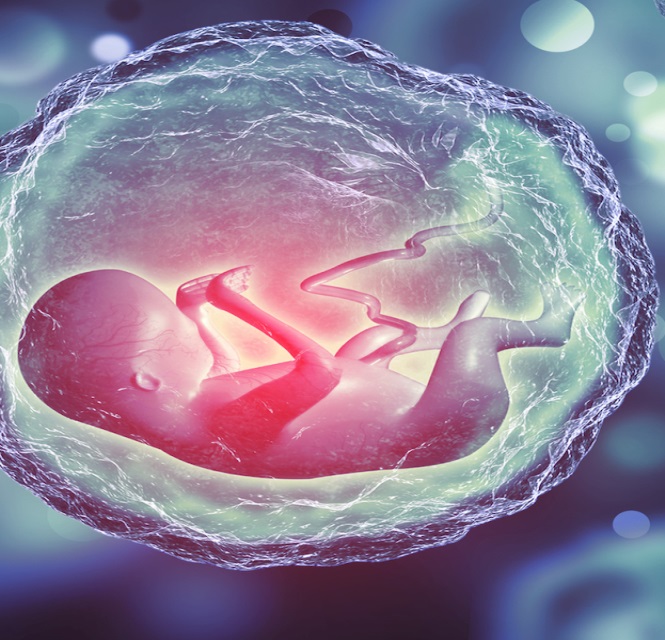Researchers at the University of Konstanz in Germany, led by systems biologist Patrick Muller, have pioneered an innovative approach utilizing artificial intelligence (AI) to discern the tempo and stages of embryonic development. Published in the journal Nature Methods, the study introduces a groundbreaking method that autonomously captures developmental processes’ tempo and identifies characteristic stages without human intervention.
Embarking on a journey from fertilized egg cell to functional organism, animal embryos undergo a series of distinctive developmental stages. However, variations in these details exist not only between species but even among embryos of the same species. These differences in embryonic development are crucial drivers of evolution, fostering adaptations and biodiversity by introducing new characteristics.
Patrick Muller explains, “Embryos often do not look exactly the same under the microscope as they do in the schematic drawings. And the transitions between individual stages are not abrupt, but more gradual.” Additionally, embryonic development may deviate from the expected timetable due to various factors like temperature.
The AI-supported method developed by Muller and his team marks a significant advancement. In an initial application, the researchers trained their Twin Network using over 3 million images of healthy zebrafish embryos. The resulting AI model was then employed to automatically determine the developmental age of other zebrafish embryos.
The researchers demonstrated the AI’s capability to identify key steps in zebrafish embryogenesis, detecting developmental stages automatically and eliminating the need for human input. The study also employed the AI system to compare embryo developmental stages and describe the temperature dependence of embryonic development.
Despite being trained with images of normally developing embryos, the AI exhibited proficiency in identifying malformations that can spontaneously occur in a percentage of embryos or result from environmental toxins.
The researchers highlight the potential of their Twin Network-based method, stating, “Once the necessary image material is available, our Twin Network-based method can be used to analyze the embryonic development of various animal species in terms of time and stages.” This groundbreaking AI application opens avenues for in-depth studies on embryonic development across diverse animal species.


